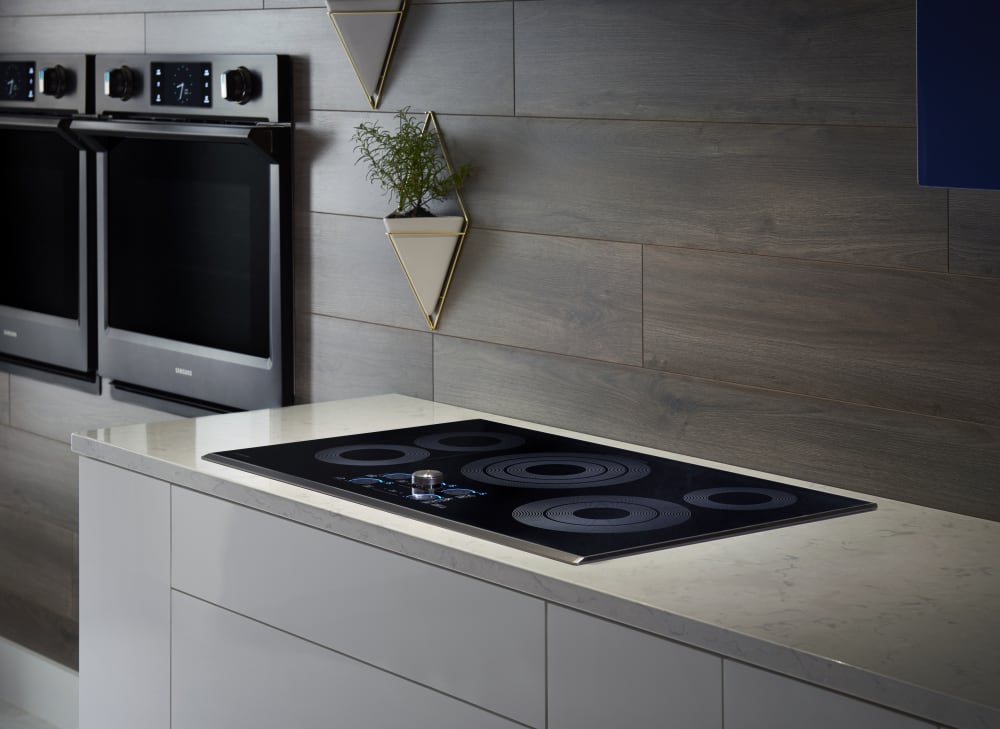

- #Surface 3 specs by serial number serial numbers#
- #Surface 3 specs by serial number serial number#
- #Surface 3 specs by serial number series#
If ever this mystery is solved this write up will be amended.ĭelta's Serial Number List: ¶I received this list from a fellow OWWM member.
#Surface 3 specs by serial number serial numbers#
For instance, some five digit serial numbers on 1x4 plates don't compute with my list or Delta's. It's also come to light, from various discussions on the OWWM discussion forum, that Delta used some serial numbers during the same period that don't quite jive with what's known by me. Please read the rest of this article though before positively determining your machine's vintage. Keep in mind that machines made prior to 1941 did not have serial number plates at all. For instance, I've seen plates on the back of a Unisaw cabinet as well as the front. I should also note, plate locations on the same machines weren't always located in the same spot.

Where plates were located on individual machines would take a paper unto itself. You can however locate the rivet or screw holes in the machine and perhaps a ghost image of the plate, and use the distance between the holes to narrow down the machine's vintage: 2 3/4" means that the missing plate was Style 1 or 2, and 3 3/4" means a Style 3 plate. Some machines, for whatever reason, may have had their serial number plates removed or torn off, making a positive vintage identification more difficult. This aluminum serial number plate is from a 1947 Unisaw, and is attached with screws. They are made of aluminum and measure 1" x 4" with rivet holes approximately 3-3/4" on center.

Style 3 plates were introduced in late 1947. They are fairly common but are somewhat fragile and are often missing or in poor condition. They were used between early 1942 to sometime in 1944. Style 2C plates were made of "oilboard" (dense coated cardboard) and measured 3/4" x 3" with rivet holes spaced the same as the first style plates. Style 2B plates were made of steel, appeared in 1942, and are quite rare. It is likely that the plate shown above originally had a red background. We have seen two other examples of a brass plate, one of which has red-painted background and the other has traces of red paint remaining. Style 2A plates were made of brass plate and are from late 1941 or early '42. Style 2 plates are from the World War II era, and are made from one of three materials: brass, steel or oilboard. This style was used beginning circa 1939-1940 to sometime in 1942 (probably early 1942), and then again from sometime in 1944 to late 1947. Style 1 plates were made of aluminum and measured 1/2" X 3" with rivet holes approximately 2 3/4" on center. We have divided the serial number plates used by Delta into three styles, as detailed below. If your machine lacks a serial number plate or holes to mount one then it is from early 1941 or before. The easiest way to vintage a Delta machine is of course with the serial number. At the very least you will be able to establish date While trying to vintage an old machine isn't rocket science it does require a certain bit of savvy. Please read it carefully as there are subtle nuances and It contains the most rudimentary data required to start one's career dating Delta. This write up will act as the jumping off point for anyone wanting to vintage an old Delta machine or for someone wanting to submit content on a machine of aĬertain vintage. You are the strong type, not easily duped, please move along. This introductory article you will be hunting down the true meaning of Delta and becoming obsessed with *Born On Dates* and *vintaging* Delta on the fly. If you are of the type who easily follows shamans or gets fooled into get rich schemes you are the one I'm looking for. "1234-A" and other formats not shown here): Note: if you're looking for serial numbers from a 20" Bandsaw or other machine made by / with Crescent, look here (e.g.
#Surface 3 specs by serial number series#
Straight Numerical Series used by Milwaukee-CrescentĪlpha-Numeric Series Used By Tupelo Division:


 0 kommentar(er)
0 kommentar(er)
